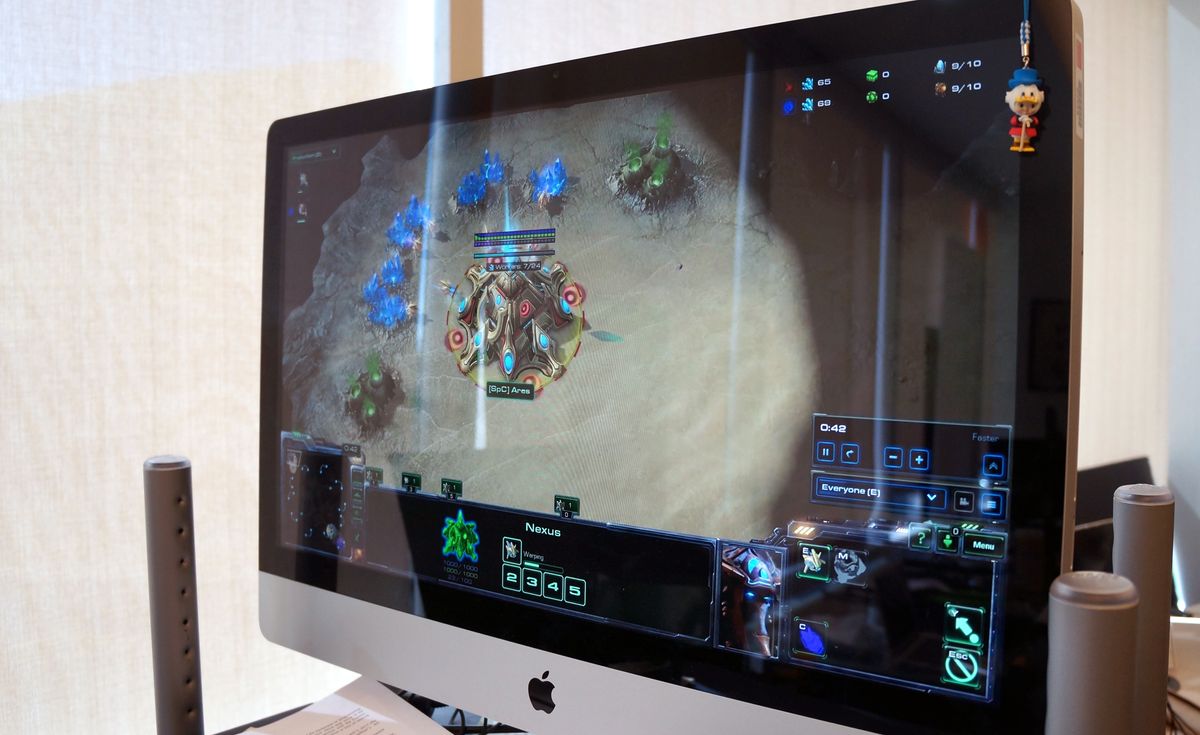
Microsoft's changes mean the new OS works well with touchscreen devices but, for business users without touch functionality, it's awkward: the Start screen is tricky to use with a mouse and keyboard, the Start screen's full-screen apps aren't conducive to multi-monitor working, and we're no fans of switching between the Start screen and the desktop. The desktop remains largely unchanged, to the relief of power users. The focus is on the large finger-friendly Live Tiles and finger-friendly menus. Windows 8 is one of the biggest changes in the history of the OS, and a clear indication of Microsoft's intentions to try and modernise the UI. That's all changed with Windows 8: the desktop is hidden behind the touch-focussed Start screen, and the Start button was scrapped in the initial release.

Most PC users have grown up with the classic Windows desktop UI, including the Start menu, taskbar and windows.


 0 kommentar(er)
0 kommentar(er)
